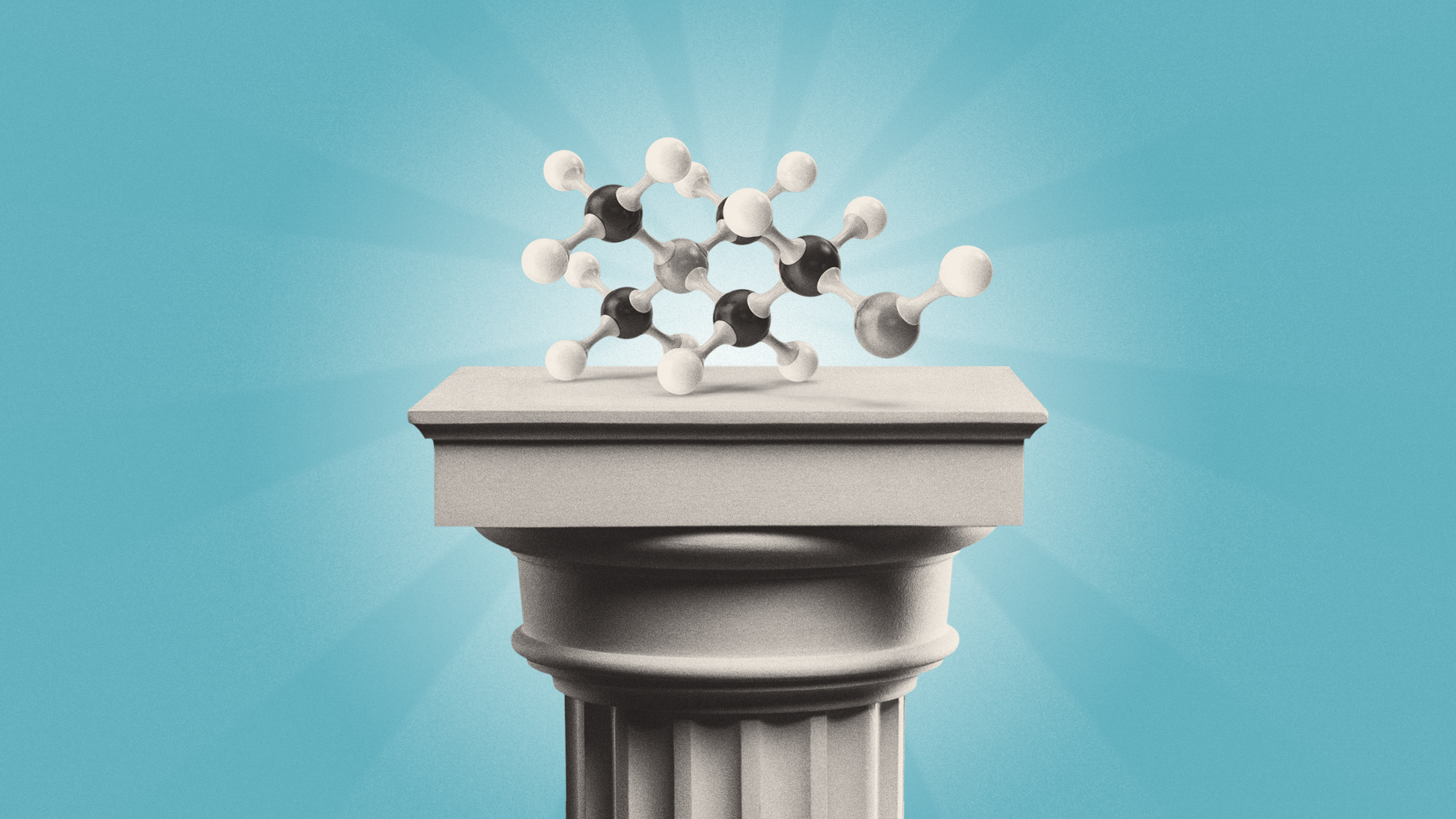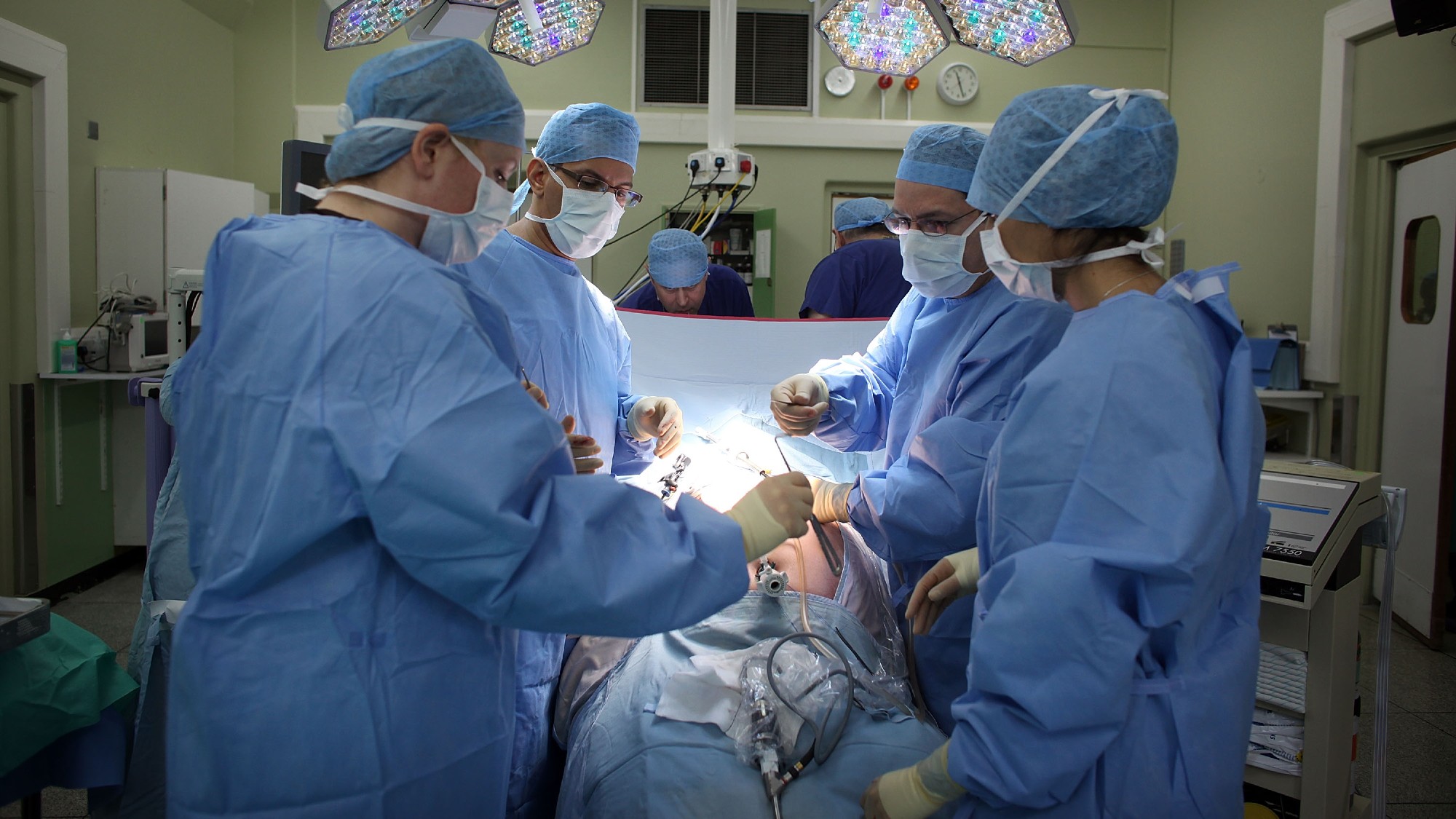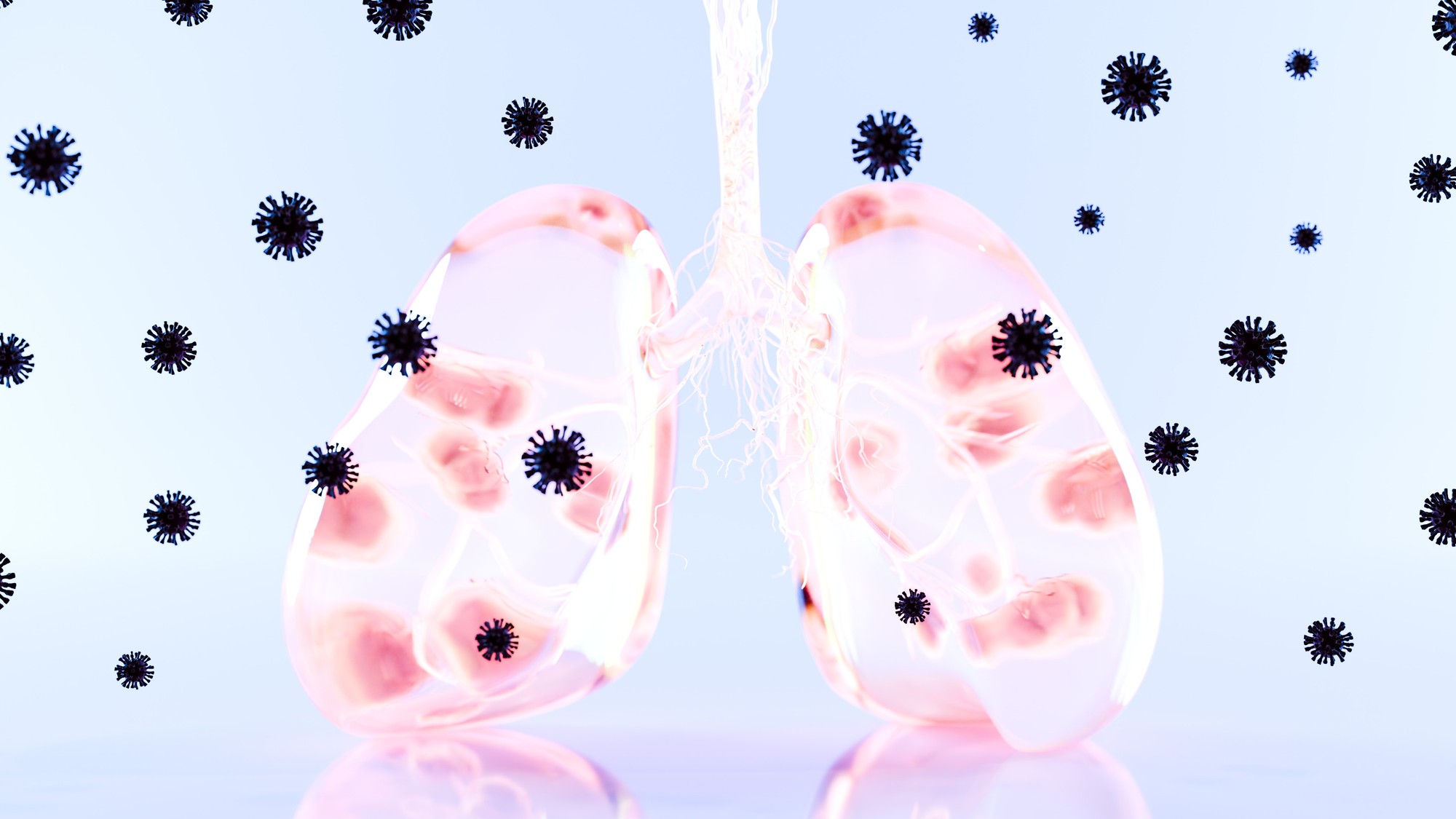Deadly 'brain-eating' amoebas could be spreading thanks to climate change
Naegleria fowleri causes rare and lethal infection, but recent uptick in cases suggests it is thriving in warming waters

"Brain-eating" amoebas kill nearly all of their victims, and a recent uptick in cases has heightened fears that they could be flourishing in an ever-warmer world.
The infection caused by the microscopic Naegleria fowleri is "back in the spotlight", said Gavi.org. Three children have died in Kerala, India and a man in Israel since May; "unconnected infections" have been reported in Pakistan and the US this year.
The single-celled organism, which thrives in warm freshwater lakes and rivers, is known as the "brain-eating amoeba" because it "wriggles into the brain through the nose" and "feasts on people's brain matter", said Metro. It can cause a rare but "exceptionally lethal" infection, primary amebic meningoencephalitis (PAM). But experts fear climate change is "turning up the heat" – and turning more amoebas infectious.
The Week
Escape your echo chamber. Get the facts behind the news, plus analysis from multiple perspectives.

Sign up for The Week's Free Newsletters
From our morning news briefing to a weekly Good News Newsletter, get the best of The Week delivered directly to your inbox.
From our morning news briefing to a weekly Good News Newsletter, get the best of The Week delivered directly to your inbox.
'Heat-loving parasite'
N. fowleri is known to live on all continents except Antarctica, but PAM is extremely rare; fewer than 400 cases had been reported up until 2018. But survival is rarer still. Most people who contract a PAM infection die within a week.
However, there was an "especially marked" increase in reported cases after 2000, one review published in 2020 found. "There are indications that climate change is likely beginning to increase the abundance and range of N. fowleri," said the study.
"Many countries are already recording extreme temperatures and many people are seeking relief from the heat by immersing themselves in water that is often very warm and polluted by coliforms [gut bacteria], perfect conditions for the growth of N. fowleri," wrote study author Sutherland Maciver of the University of Edinburgh.
There is also a "strong suspicion that PAM is very much more common than currently indicated", said Maciver. Awareness of the infection is low and symptoms – headache, fever, vomiting, stiff neck and confusion – tend to mimic those of meningitis, which thrives in the same hot, humid countries as N. fowleri.
A free daily email with the biggest news stories of the day – and the best features from TheWeek.com
People usually contract PAM by going swimming or diving in freshwater lakes or rivers – especially during the summer, with higher water temperatures. When water gets up the nose, the amoeba can enter and travel up to reach the brain.
In the US, a few infections have occurred when people used a neti pod filled with contaminated water to "rinse their sinuses or cleanse their nasal passages", said the Centers for Disease Control and Prevention. In March, a person in Florida died after contracting the infection by rinsing their sinuses with tap water.
Although most occur in Texas, Florida and other Southern states, there have been more cases in the northern US in recent years. Cases could also rise in Britain because of climate change, warned microbiologist Naveed Khan. "With London getting very warm weather now, I think it is a serious concern here as well," he told MailOnline.
The "heat-loving parasite" can survive in freezing water, but warmer temperatures help it transform into an "infective form". It develops a biological "hook" to attach to cells in the lining of your nose, "aiding it on its journey to invade the brain".
The dormant amoeba has been seen in UK water treatment sites in London and Nottingham. As summers get warmer, it could become infective.
'No need for a host'
PAM kills by "massive destruction of brain tissue", said LiveScience. The amoeba itself does some of the destruction – hence the "brain-eating" name – but much of the damage is caused by the body's "aggressive" response to "an intruder in the control system".
Normally, parasites that evolve to live inside a body have ways of "tamping down their host's immune response so they don't lose their meal ticket". But N. Fowleri has "no need for a host". "It's a bull in a china shop," said Dennis Conrad, a pediatric infectious disease specialist.
At the moment, the treatment options are antibiotics and steroids. Coating silver particles with anti-seizure drugs has also been effective. An anti-cancer drug called Miltefosine has recently been approved as an experimental treatment for PAM infections. But even if patients take miltefosine, PAM has a fatality rate of more than 97%. The best hope is "simply recognising the disease faster".
Last month, an Indian teenager became one of only a handful of people in the world to survive PAM, said the BBC, partly due to his father seeing a public awareness campaign on social media. Afnan Jasim, 14, is thought to have become infected in June after he went for a swim in a local pond in Kerala.
When Afnan began experiencing symptoms, his father "had the presence of mind" to connect them with someone he had "chanced upon" online. The disease was diagnosed within 24 hours, and the teenager was treated with Miltefosine imported from Germany.
The time to save someone with PAM is short, said Julia Walochnik, a professor of tropical medicine at the Medical University of Vienna. "If it's too late, it doesn't matter which drug is used; the patient will usually not survive."
Harriet Marsden is a senior staff writer and podcast panellist for The Week, covering world news and writing the weekly Global Digest newsletter. Before joining the site in 2023, she was a freelance journalist for seven years, working for The Guardian, The Times and The Independent among others, and regularly appearing on radio shows. In 2021, she was awarded the “journalist-at-large” fellowship by the Local Trust charity, and spent a year travelling independently to some of England’s most deprived areas to write about community activism. She has a master’s in international journalism from City University, and has also worked in Bolivia, Colombia and Spain.
-
 Political cartoons for December 14
Political cartoons for December 14Cartoons Sunday's political cartoons include a new White House flag, Venezuela negotiations, and more
-
 Heavenly spectacle in the wilds of Canada
Heavenly spectacle in the wilds of CanadaThe Week Recommends ‘Mind-bending’ outpost for spotting animals – and the northern lights
-
 Facial recognition: a revolution in policing
Facial recognition: a revolution in policingTalking Point All 43 police forces in England and Wales are set to be granted access, with those against calling for increasing safeguards on the technology
-
 Stopping GLP-1s raises complicated questions for pregnancy
Stopping GLP-1s raises complicated questions for pregnancyThe Explainer Stopping the medication could be risky during pregnancy, but there is more to the story to be uncovered
-
 Choline: the ‘under-appreciated’ nutrient
Choline: the ‘under-appreciated’ nutrientThe Explainer Studies link choline levels to accelerated ageing, anxiety, memory function and more
-
 How music can help recovery from surgery
How music can help recovery from surgeryUnder The Radar A ‘few gentle notes’ can make a difference to the body during medical procedures
-
 Vaccine critic quietly named CDC’s No. 2 official
Vaccine critic quietly named CDC’s No. 2 officialSpeed Read Dr. Ralph Abraham joins another prominent vaccine critic, HHS Secretary Robert F. Kennedy Jr.
-
 This flu season could be worse than usual
This flu season could be worse than usualIn the spotlight A new subvariant is infecting several countries
-
 More adults are dying before the age of 65
More adults are dying before the age of 65Under the radar The phenomenon is more pronounced in Black and low-income populations
-
 The plant-based portfolio diet invests in your heart’s health
The plant-based portfolio diet invests in your heart’s healthThe Explainer Its guidelines are flexible and vegan-friendly
-
 Tips for surviving loneliness during the holiday season — with or without people
Tips for surviving loneliness during the holiday season — with or without peoplethe week recommends Solitude is different from loneliness